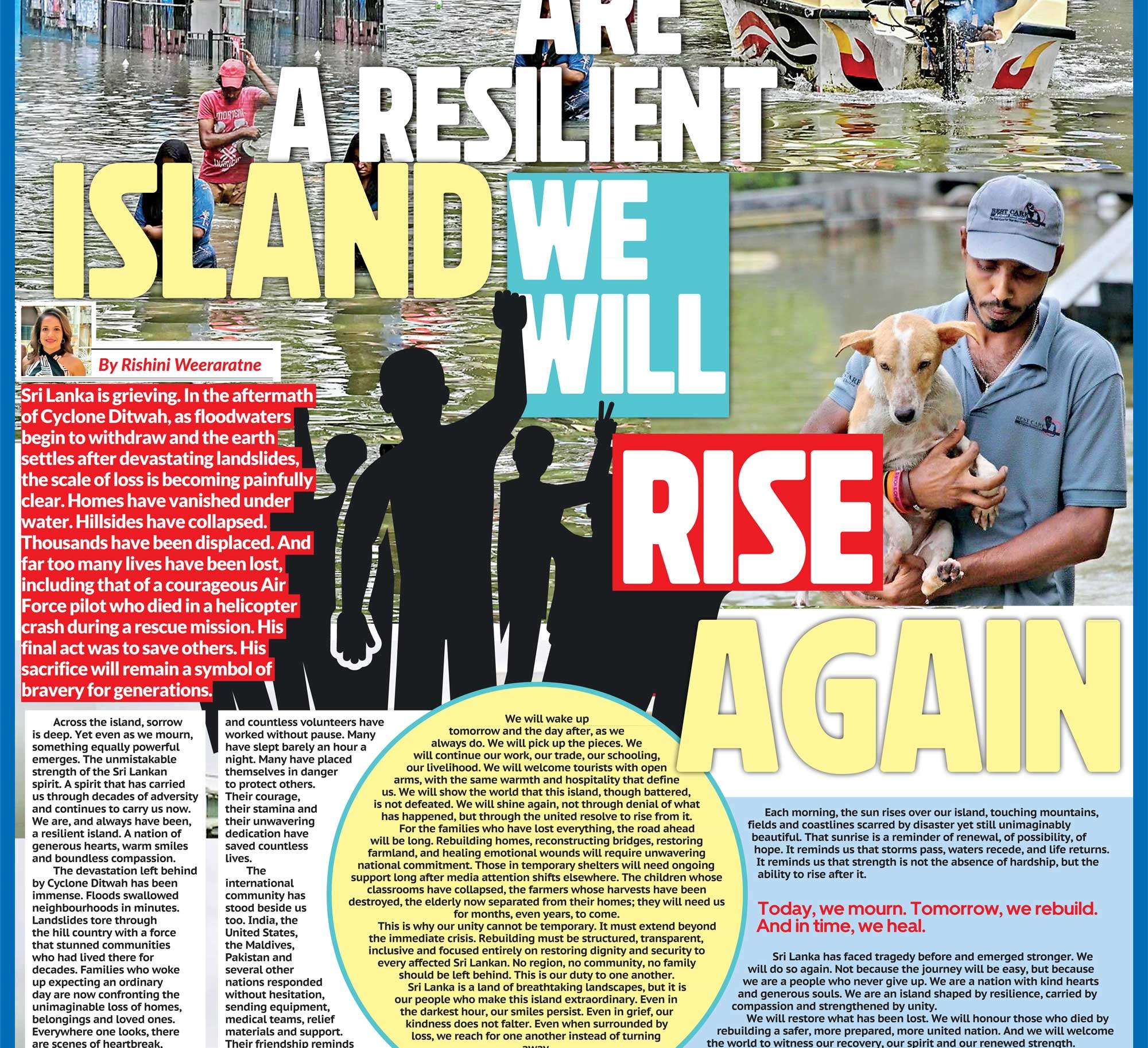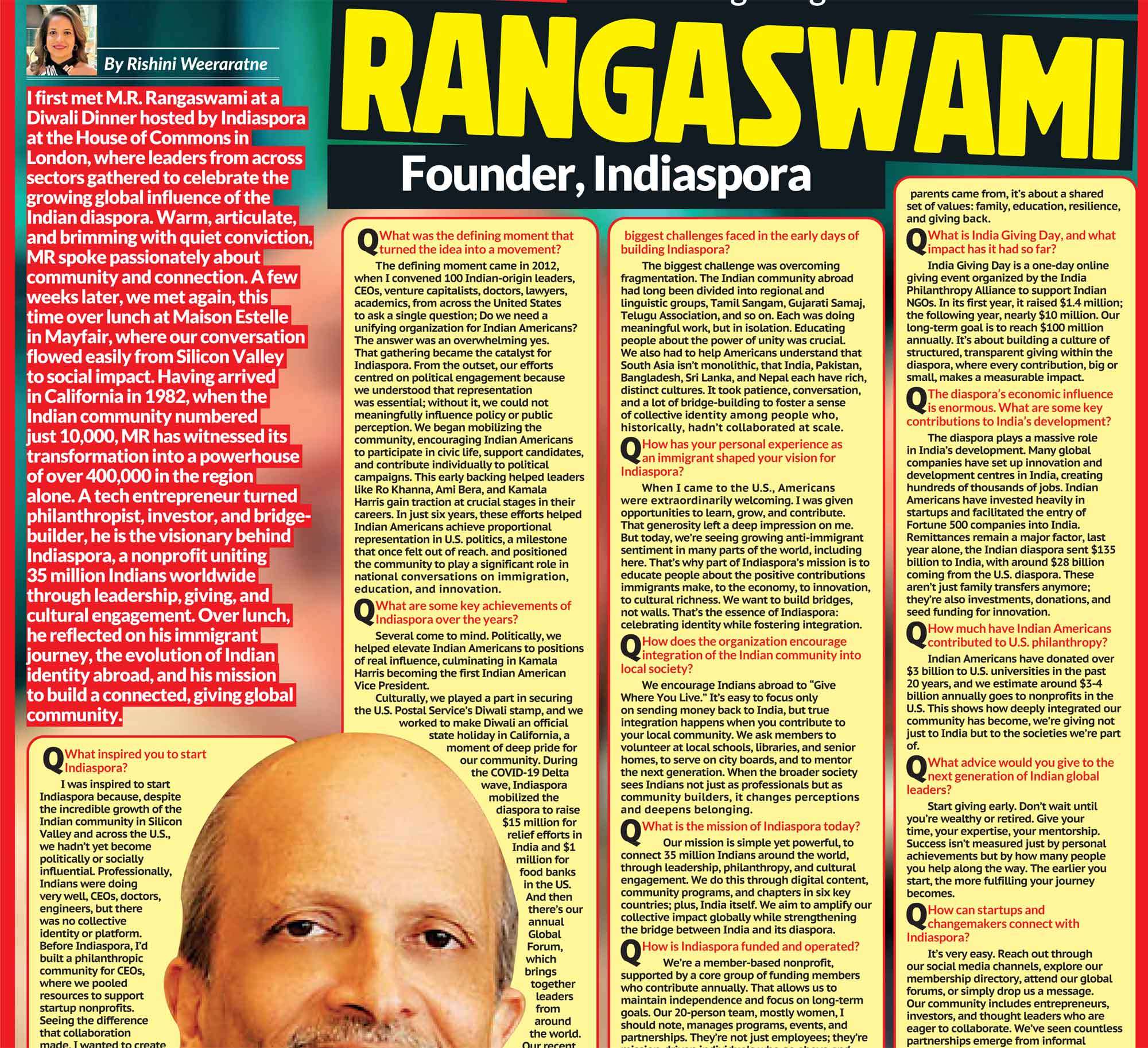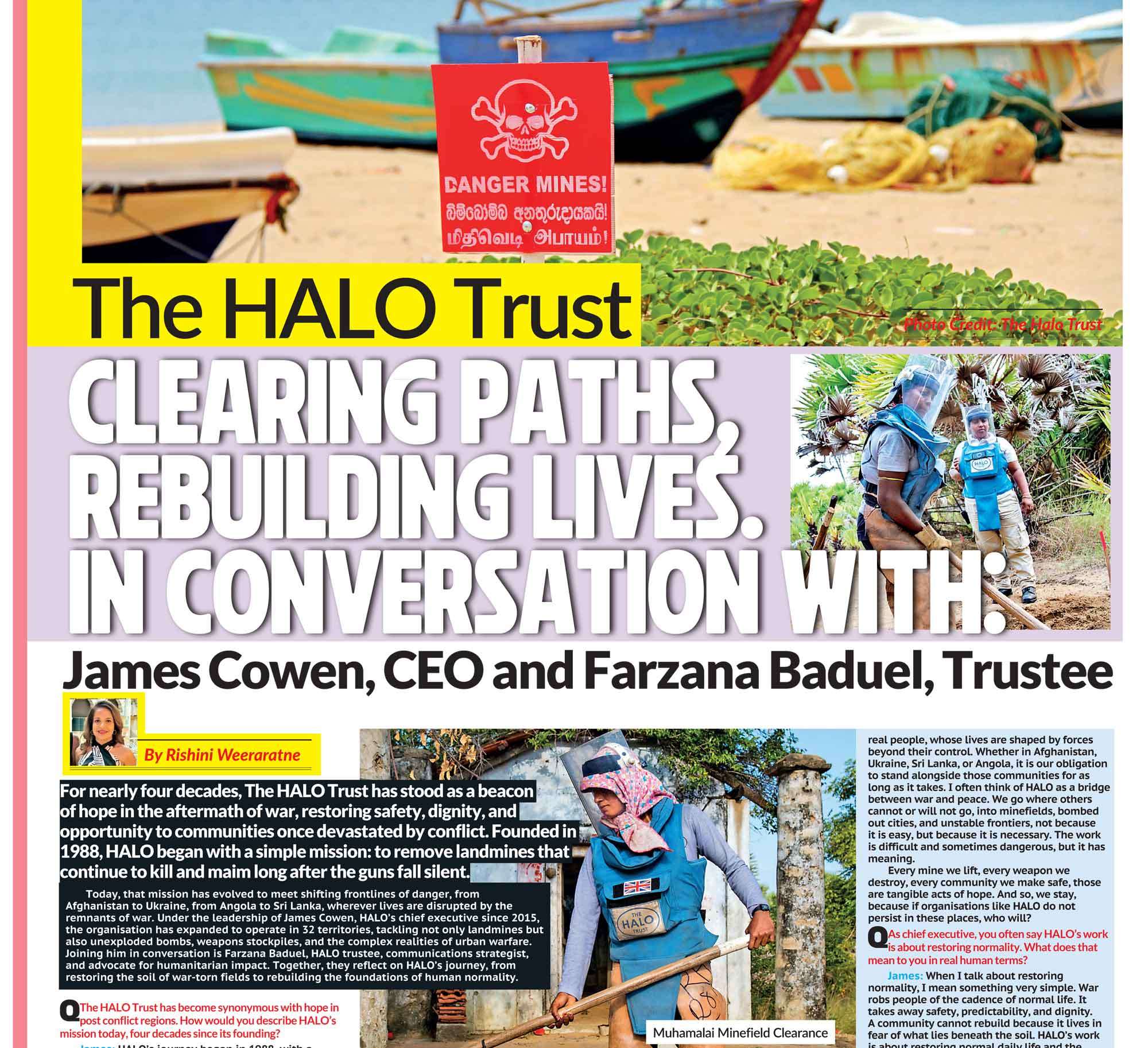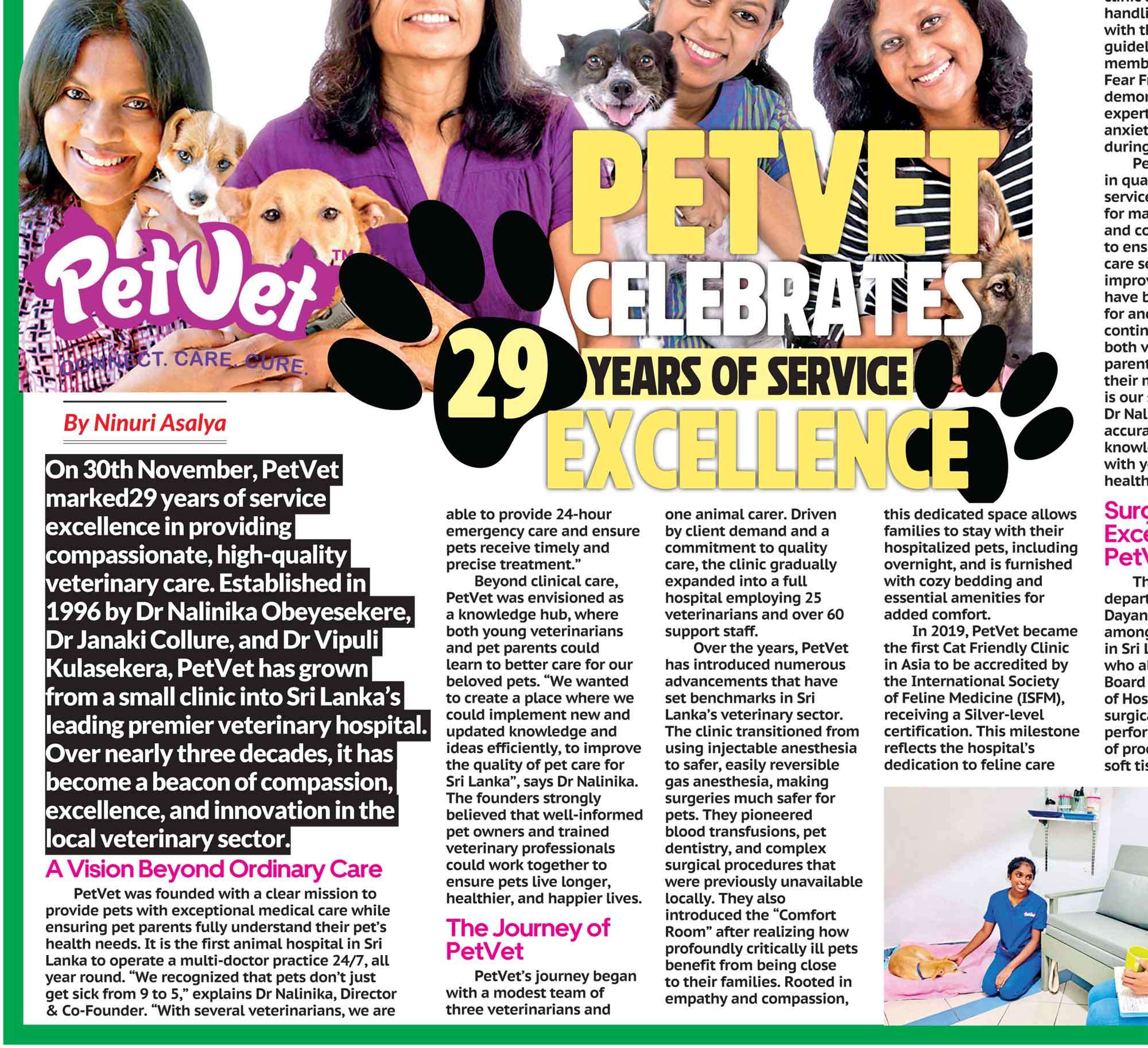
Every October, pink ribbons, awareness walks, and social media campaigns fill our streets and screens. This is the Breast Cancer Awareness Month, a global initiative that aims to raise awareness about breast cancer, promote early detection, support patients and survivors, and advance research for prevention and cure. Today, we explore the origins, significance, and global reach of this movement and spotlight how Sri Lanka is taking remarkable steps this year to strengthen awareness, screening, and support.
Why Awareness Still Matters
Global Context
Breast cancer remains the most common cancer among women worldwide. According to the World Health Organization (WHO), in 2024 over 2.3 million women were diagnosed with breast cancer, and 670,000 lost their lives. Despite improvements in detection and treatment, the burden remains heavy, especially in low- and middle-income countries where access to timely diagnosis and therapy is limited. Globally, survival rates vary dramatically:
- Around 80–90% in high-income countries
- About 60% in middle-income nations
- Sometimes below 40% in low-resource settings
These disparities underline a simple truth that awareness alone is not enough. Education must be matched with screening accessibility, timely treatment, and policy commitment to reduce preventable deaths.
Understanding Risk Factors
Anyone with breast tissue can develop breast cancer, men included but women are most affected. Key risk factors include:
- Age: Most cases occur after 40.
- Family history and genetics: BRCA1 and BRCA2 mutations significantly raise risk.
- Hormonal influences: Early menstruation, late menopause, or hormone therapy can contribute.
- Lifestyle factors: Obesity, lack of exercise, smoking, and alcohol use increase vulnerability.
- Environmental and reproductive history: Late pregnancies or not breastfeeding can add to risk.
Because not all risk factors can be modified, early detection remains the strongest defense.
Origins and Symbolism of Breast Cancer Awareness Month
Breast Cancer Awareness Month began in October 1985, initiated by the American Cancer Society and Imperial Chemical Industries (now AstraZeneca). The campaign’s signature pink ribbon emerged in the early 1990s through the efforts of Evelyn Lauder, who helped found the Breast Cancer Research Foundation. Over time, the initiative evolved from a U.S. awareness drive into a global movement involving governments, health systems, and civil society organizations. Landmarks are illuminated in pink, awareness walks take place worldwide, and fundraising events power research and patient care. The campaign has also matured: it now focuses not just on “wearing pink” but on systemic change, access to healthcare, and equity ensuring that every woman, regardless of geography or income, can access screening and treatment.
Deeper Purpose Beyond Symbolism
Breast Cancer Awareness Month is about more than pink ribbons. It’s true goal is to:
- Educate communities about breast health and early warning signs
- Encourage regular screening through mammography or clinical breast exams
- Support patients and survivors with emotional and social care
- Advocate for policy change and funding
- Drive scientific research and innovation
The Power of Early Detection
Detecting breast cancer early drastically improves outcomes. Studies show that early detection combined with effective treatment can lead to 25–30% reductions in mortality. In countries with strong screening programs, more women survive and live longer, healthier lives. Yet, awareness campaigns must translate into accessible screening and follow-up care especially in developing countries where many women still present with late-stage disease due to stigma, fear, or lack of awareness.
What Sri Lanka Has Done in 2025
In 2025, Sri Lanka has strengthened its position as a regional leader in community-led cancer awareness. Several major initiatives were launched this year to deepen engagement and bring breast cancer education closer to the grassroots. The Sri Lanka Red Cross Society and Indira Cancer Trust signed a landmark Memorandum of Understanding (MoU) to collaborate on cancer awareness, patient support, and health promotion. A highlight of their efforts is the TLC Triathlon Series, the country’s first-ever triathlon campaign held in Kilinochchi, Batticaloa, Matara, and Colombo. This innovative series combines swimming, cycling, and running events to promote the “Touch | Look | Check” method of self-breast examination empowering women to recognize early signs of change. The Red Cross has provided first aid and emergency support during these events, linking sports and health awareness in a fresh and energetic way. Meanwhile, the Indira Cancer Trust continued its “Pink Wednesday” campaign on social media, broadcasting weekly awareness messages and survivor stories in Sinhala, Tamil, and English.
In a heartfelt effort to highlight the importance of breast cancer prevention, the students of Musaeus College, Colombo, made a powerful statement on Wednesday, 8 October, by proudly donning pink ties. The campaign, launched this October, seeks to raise public awareness about the increasing number of individuals affected by and dying from breast cancer. In a touching show of solidarity, both students and teachers participated the staff dressed in pink saris, while students replaced their usual school ties with pink ones to symbolize support for the cause. This meaningful initiative has now become a continuing tradition: the first Wednesday of every month will be observed as “Pink Wednesday,” when all Musaeus College students will wear pink ties as a visual reminder of the need for vigilance, education, and compassion in the fight against breast cancer. Widely applauded, the campaign stands as an inspiring example of how young people can lead the way in promoting health awareness and social responsibility. Hence it can be stated that all of these initiatives have helped move the discussion from symbolic pink ribbons to practical empowerment and early detection.
Strengthening the Policies, Data, and Screening in Sri Lanka
Alongside public awareness efforts, Sri Lanka has also made significant progress in strengthening the institutional foundations of breast cancer control. The National Cancer Control Programme (NCCP) has expanded Cancer Early Detection Centers (CEDCs) nationwide. These facilities including the flagship Narahenpita center in Colombo offer free breast examinations, ultrasound, mammography, and education on self-examination techniques. This network aims to decentralize access to screening, particularly for rural and underserved communities. In 2025, the NCCP also launched updated national guidelines for early detection and referral pathways. These standardized protocols ensure that primary healthcare providers can identify suspicious symptoms early, refer patients efficiently, and reduce delays in diagnosis and treatment. To further enhance national capacity, Sri Lanka has begun upgrading its cancer registry systems to improve data accuracy and timeliness. The Cancer Registry Informatics System now provides near-real-time tracking of cases and outcomes, allowing policymakers to allocate resources more strategically. Additionally, the WHO-IAEA-IARC “imPACT Review” conducted in early 2025 provided a comprehensive assessment of Sri Lanka’s cancer prevention and treatment capacity. The review identified key resource gaps and made recommendations for workforce training, infrastructure development, and integration of palliative care helping the government set priorities for the next phase of its National Cancer Control Plan. Collectively, these measures signal Sri Lanka’s commitment to building a cancer care framework that is equitable, data-driven, and sustainable.
Doing “Pink” Responsibly
While Breast Cancer Awareness Month invites enthusiasm, it’s vital that advocacy translates into real-world action. Here’s how individuals and organizations can make their efforts meaningful:
For Individuals
- Learn the TLC method (Touch, Look, Check) and know what’s normal for your body.
- Seek medical screening if you notice changes or fall into a high-risk age group.
- Share educational content, participate in awareness walks, and support survivors.
- Encourage a culture of open dialogue about women’s health.
For Organizations
- Prioritize access and follow-up, not just symbolic campaigns.
- Support free or low-cost screening days in workplaces and communities.
- Ensure that awareness activities are inclusive, culturally sensitive, and evidence based.
- Avoid “pinkwashing” where corporate campaigns use breast cancer imagery for marketing without contributing meaningfully to prevention or care.
Real impact happens when awareness is backed by compassion, accountability, and tangible support.
Innovation and Challenges Ahead
Modern research and technology continue to reshape breast cancer detection and treatment.
- AI-assisted mammography improves accuracy and efficiency, especially in resource-limited hospitals.
- Liquid biopsy research explores blood-based early detection methods.
- Telehealth and digital counselling bring post-treatment care and mental health support to survivors in remote areas.
Yet challenges persist. Overdiagnosis can lead to unnecessary anxiety and treatment. Many countries struggle with year-round momentum once October ends. Most importantly, inequality in access between urban and rural, rich and poor remains the greatest barrier to saving lives.
A Call to Collective Action
Breast Cancer Awareness Month is not merely a commemoration it’s a call to action. Governments must ensure universal access to cancer screening and treatment. Communities must break silence and stigma. Corporations must fund research responsibly. And individuals must take charge of their health, supporting others to do the same. In Sri Lanka and around the world, every awareness event, screening bus, and survivor story brings us closer to a future where no one dies unnecessarily of breast cancer.
Breast cancer awareness has come a long way from its early symbolic campaigns to a movement that embodies knowledge, solidarity, and empowerment. The fight continues not only through ribbons and walks but through science, compassion, and collective will. This October let’s remember that awareness isn’t an annual event it’s a lifelong commitment.
Whether it’s scheduling a check-up, volunteering, or advocating for equitable healthcare, every small step contributes to a larger impact. Because when awareness turns into action, pink becomes a colour of power, not fear and together, we save lives.











